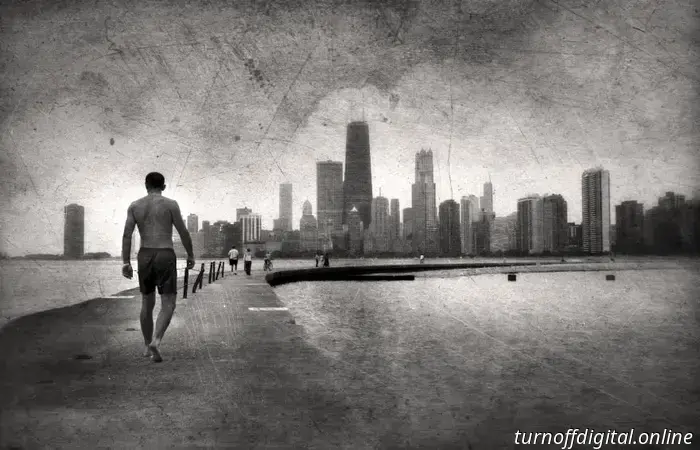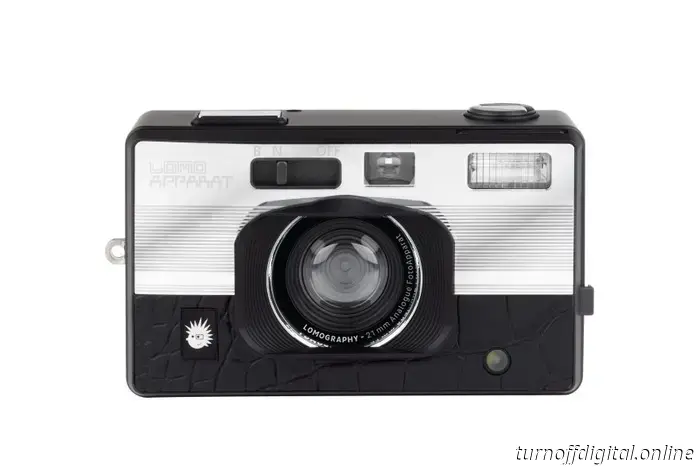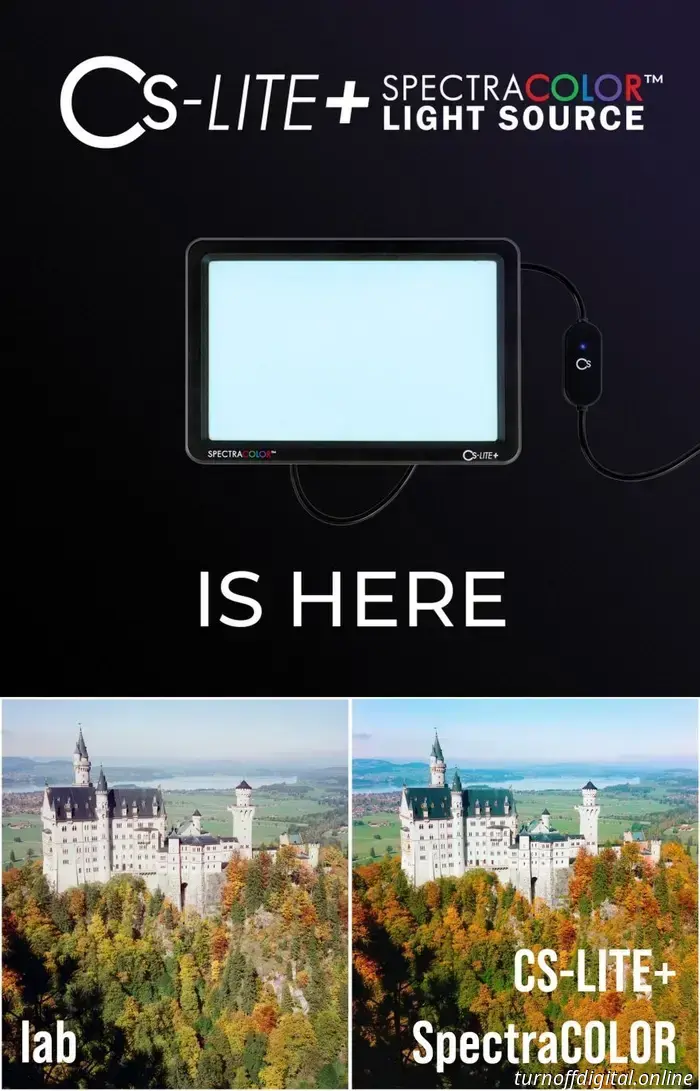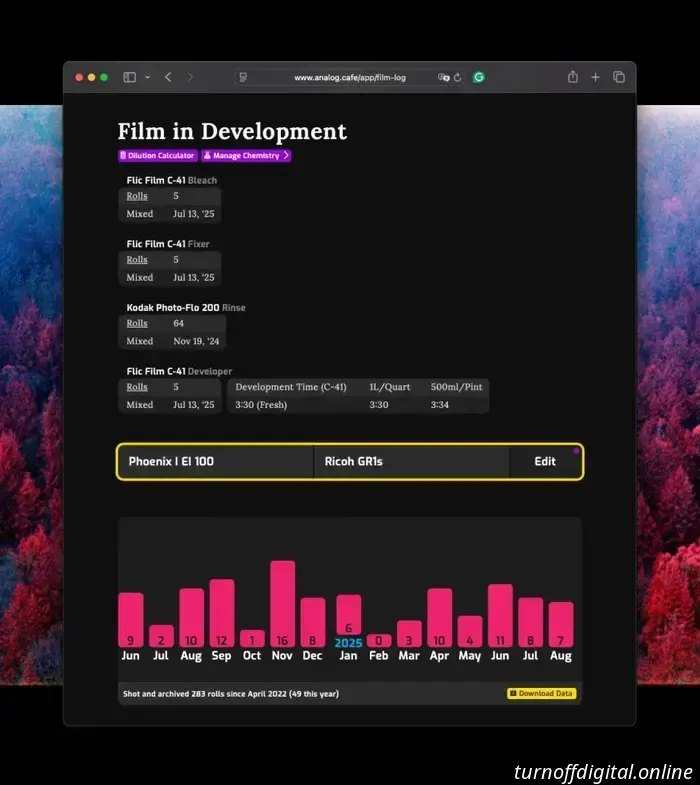
Analog.Cafe › Essays › 4 min read by bastien_pons_photo. Published on August 11, 2025. Note from the editor: Bastien’s photographic and written contributions exhibit a different style and technique compared to the majority of articles I've shared on this blog thus far. However, his introspective approach and images, reminiscent of essays illustrated with Holgas and Agfa Clacks, provide a fascinating glimpse into the mindset of a musician who views visual art as textures rather than mere content. — Dmitri.
I primarily capture my images digitally (Canon EOS 5D), treating them as if they were tactile materials. My background in electroacoustic composition has trained me to think in layers, accepting noise, imperfections, and fragmentation. I apply this same methodology to my photography, working with images in a manner similar to how I engage with sound, shaping them until they possess a physical dimension.
I am attracted to environments and details that defy the obvious—locations where objects have aged, eroded, or simply faded from attention. In addition to my photography, I consistently collect visual textures whenever I’m outdoors with my Canon EOS 5D. This “texture library” is often compiled in the same places where I capture my original images.
It could be a cracked wall illuminated by afternoon sunlight, the peeling finish of a rusty door, torn street posters curling at their edges, or the weathered grain of a wooden plank. These details hold as much significance for me as the photographs themselves. They possess their own presence, and when merged with an image, they enable me to elevate the photograph beyond mere representation.
Once in the studio, I import both the photograph and the chosen textures into Photoshop. I start by experimenting with these textures as layered components, adjusting their transparency until they seamlessly— or sometimes purposefully imperfectly—integrate with the base image. At this juncture, my goal is not to conceal the texture but to weave it into the image’s fabric.
I then proceed with editing. I eliminate what seems extraneous, working intuitively to achieve balance within the image. This is a subtractive process aimed at uncovering the appropriate tension between the original photograph and its layered textures.
Depth is created selectively. I may blur specific areas to evoke a sense of distance or direct the viewer’s gaze throughout the frame. Meanwhile, I keep other parts sharp and nearly jarring, capturing attention unexpectedly. The image's rhythm arises from these variations in focus and texture—a kind of visual pulse.
The completed image is never meant to appear “polished” or “perfect.” Instead, I aspire for it to feel tactile—as if its surface could be touched—and to possess a degree of ambiguity, where the subject's importance is overshadowed by the lingering sensation it evokes. Ultimately, my goal is for the image to exist in a space between the visible and the abstract, where perception slows, inviting the viewer to dwell in the textures, fractures, and silences that persist.
Rather than portraying reality, I aim to challenge it. My interest lies not in the subject itself but in the traces it leaves behind as the image begins to unravel.
My workflow is intuitive; I seldom plan a shot beforehand. I walk, observe, and respond. Later, during the editing phase, I operate more like a sculptor—carving away, layering, and highlighting imperfections. Dust, scratches, and digital noise are not errors to rectified but elements to be harmonized with. They embody a tactile quality I cherish, akin to skin or stone.
There is also a strong connection with my work in electroacoustic music: in both realms, I begin with raw materials—fragments, accidents, distortions—and build upon them. I am drawn to what is fractured or broken, to what lies beneath the surface. In both sound and image, I strive to create experiences that are slow, ambiguous, and immersive.

Although I haven't used either, the LomoApparat cameras received considerable praise at their launch and continue to do so years later, thanks to their ultra-wide 21mm lens, attractive design, and a wide range of experimental filters. #editorial.

An inadequate light source can lead to problems when digitizing film with a digital camera. The colors might look dull or display a color cast that is difficult to correct fully. Optimal results are achieved with sources that utilize a carefully adjusted mix of color LEDs to produce light that closely resembles natural, full-spectrum lighting. #editorial.

Preparing to develop film at home has become quicker thanks to Chem Log, which helps you monitor your chemical usage and expiration dates. #editorial
Bastien's visuals and written content contrast both stylistically and technically with the majority of articles I've shared on this blog to date. Nevertheless, I believe his reflective approach and imagery, akin to essays paired with Holgas and Agfa Clacks, provide a captivating glimpse into the mindset of a musician who views visual art primarily as textures rather than just content.